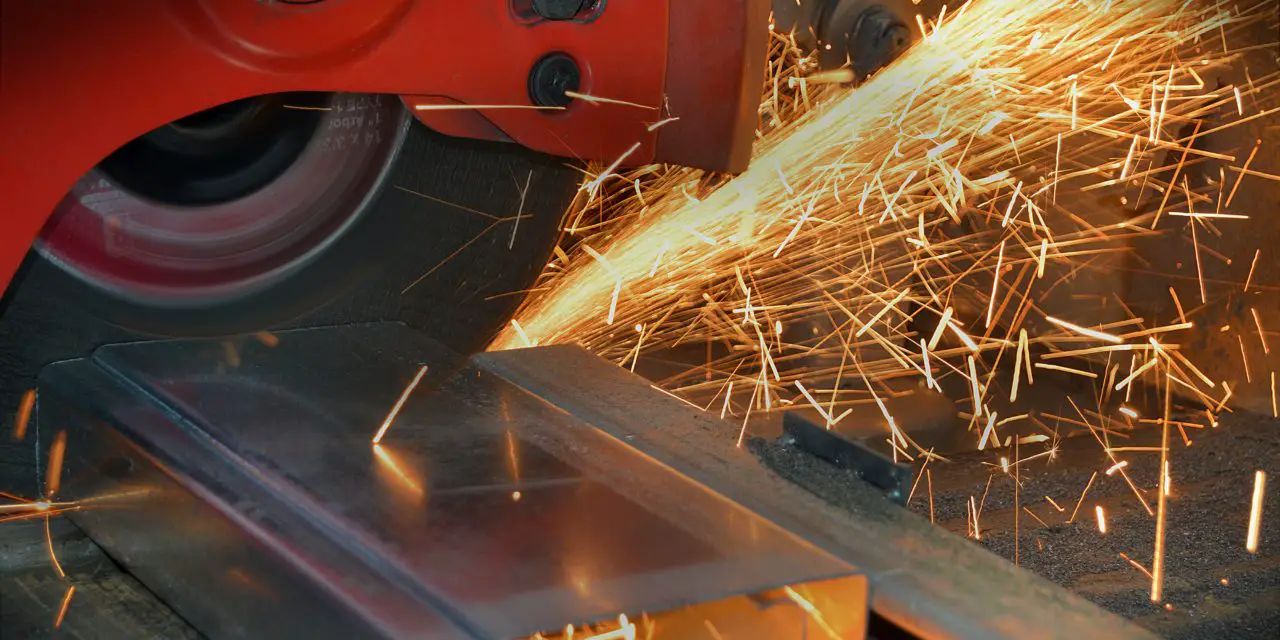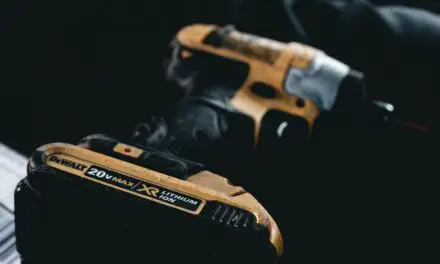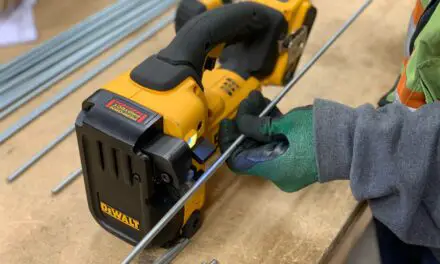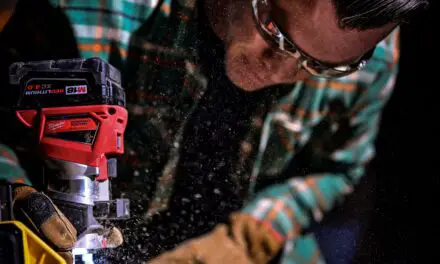Circular saws are versatile hand-held power tools that are very efficient in cutting wood and other materials. Because most people use their circular saws outside, some wonder if it’s okay for these tools to get wet.
Circular saws should never be used while wet, as they can electrocute you or cause a fire. This is especially true if your saw is powered through a cord. If your circular saw gets wet, wait for it to dry out completely before testing to see if it still works.
Below, we’ll discuss the reasons why you should never use a wet circular saw, as well as how to dry it out. Keep reading to learn more!
Can a Circular Saw Get Wet?
The circular saw can be used in many industries, including woodworking, and construction.
Circular saws are very versatile, making them some of the most frequently used saws.
But, can you use a circular saw when it’s wet?
Using a wet circular saw is unsafe, especially if it has a power cord. Doing so can put the tool at risk of malfunction or complete failure, and more importantly, it puts the user at risk of being electrocuted.
What Should I Do if My Circular Saw Gets Wet?
If your circular saw gets wet, you must dry it completely before using it again. Depending on how wet it is, you may also need to clean it to prevent rust. To clean your circular saw, use a dry towel to wipe any excess moisture from the blade and body.
To dry your circular saw out safely, follow the steps below:
- If your circular saw has a cord, disconnect it from the power source before anything else.
- Disassemble your circular saw as much as possible to open all areas for drying. Do not force anything or try to open parts you are not sure how to remove or reassemble.
- Blow compressed air into the circular saw to dry it out from the inside.
- Leave the saw disassembled to finish drying out naturally. It will likely take a few days for your saw to be ready for use.
The most important thing to do is to avoid leaving your circular saw wet for too long or allowing it to sit in moisture.
Both of these things could lead to corrosion.
How to Keep a Circular Saw Dry
Your circular saw should not be getting wet frequently. To avoid this, proper storage is essential.
Keep the tips below in mind to ensure your circular saw stays dry at all times:
- When your circular saw is not in use, keep it in a toolbox or cabinet.
- Place silica gel or anti-rust papers next to your circular saw. This will prevent rust-causing moisture from damaging it.
- Avoid storing your circular saw in the basement. Instead, keep it in a garage or shed.
Following these steps will prevent moisture from reaching your circular saw, keeping it dry for its entire lifespan.
Can I Waterproof My Circular Saw?
You can waterproof a cordless circular saw. If your tool has a power cord, however, you will not be able to waterproof it. Keep in mind that this will not stop water from getting inside. It will only protect your circular saw in the event that it gets wet.
Before you waterproof your circular saw, keep in mind you will need to open it to do so. Opening the tool will render any existing warranty invalid.
If you want to waterproof your circular saw to use it in wet conditions on a regular basis, it may be better to invest in a special type of saw with high water and moisture resistance.
When you’re ready to waterproof your cordless circular saw, follow the steps below:
- Remove the battery from your saw.
- Open the saw so you can see the inside.
- Spray the interior with conformal coating or another silicone or lacquer-based coating. Apply 2-3 coats.
- If possible, apply an electronic insulating compound or dielectric grease to the battery contacts. This protects the electrical connections from corrosion and electrolysis.
Now, your circular saw is all set to be used in wet conditions.
In Conclusion
Circular saws should never be used when wet. This can cause not only tool malfunctions but also electrocution and fires.
If your circular saw does get wet, it’s essential to dry it out completely before testing to see whether it still works.





